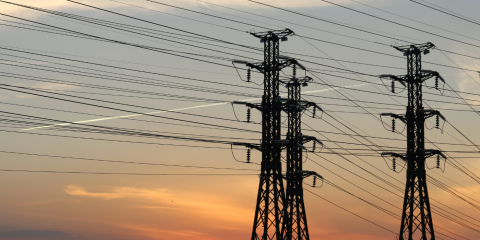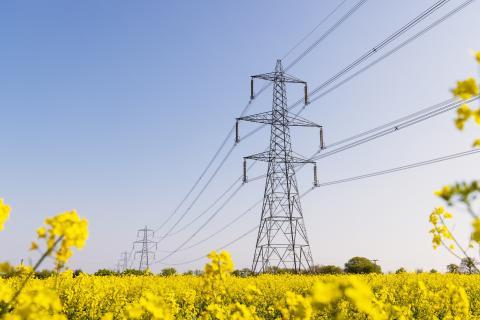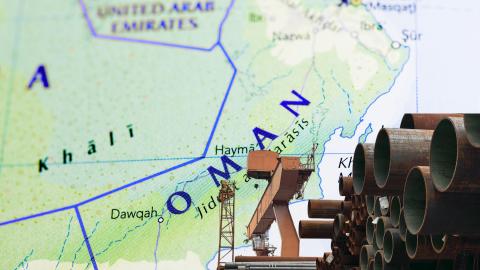Peabody Failure a Stark Example of an Industry in Need of a More Honest Business Plan
(IEEFA) – Today’s announcement that the largest private-sector coal company in the world is seeking Chapter 11 bankruptcy protection serves as a stark signal to investors that there is little upside to a business hobbled by excess financial leverage plus the ongoing structural decline of the global coal industry, IEEFA analysts said.
“Peabody Energy, to the detriment of its investors and employs, is bankrupt today because its leadership has been unable to adjust to new energy markets in which coal is being displaced by new energy sources,” said Tom Sanzillo, IEEFA’s director of finance. “That said, the coal industry is not dead, but it faces a time now in which is must innovate in ways that it has not done before. That means smaller markets and fewer mines.”
Tim Buckley, IEEFA’s director of Energy Finance Studies, Australia, joined Sanzillo in noting that Peabody—like many coal companies—expanded rapidly in the years leading up to a coal market crash that has seen many coal companies lose more than 90 percent of their value since 2011.
“Peabody’s bankruptcy stems directly from the company’s top-of-the-cycle, multibillion-dollar debt-funded acquisitions, its inability to properly gauge energy markets and its failure to see the coming over-supply in the seaborne coal trade,” Buckley said. He noted in particular Peabody’s leveraged acquisition Macarthur Coal Ltd (Australia), in 2011, for a top of the cycle A$4.9 billion.
Sanzillo said Peabody’s bankruptcy marks the end of an era that can be traced to the 1990s, when coal companies began to rely more on public equity markets rather than private energy and mineral interests: “Now that they have burned through energy industry deep pockets, multi-decade long government subsidy programs and public equity markets they must find others sources of capital. New investors will demand a level of innovation and discipline that has so far been lacking.”
Sanzillo cited one company number in particular: “Peabody in 2013 reporting 9.285 billion tons of coal in its reserves, and in 2015 reducing that to 6.3 billion tons. Most of that change comes from write-offs of reserves that are no longer minable by current market economics.”
Buckley and Sanzillo noted that Peabody’s bankruptcy puts taxpayers in both Australia and the U.S. at risk from “self-bonding” allowances and underfunded rehabilitation bonds in which the company promised to pay for billions of dollars in cleanup costs and that Peabody will probably now try to dodge.
Peabody’s restructuring, they said, should include ample set-asides for those costs.
Media contact: Karl Cates, [email protected], 917.439.8225
Media: James Lorenz P +61 400 376 021 [email protected]
______________________
About IEEFA
The Institute for Energy Economics and Financial Analysis (IEEFA) conducts research and analyses on financial and economic issues related to energy and the environment. The Institute’s mission is to accelerate the transition to a diverse, sustainable and profitable energy economy and to reduce dependence on coal and other non-renewable energy resources.
More here on IEEFA research: https://ieefa.org/category/subject/reports/












